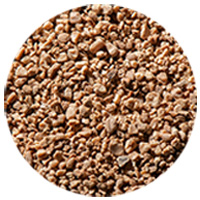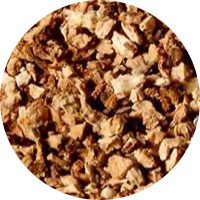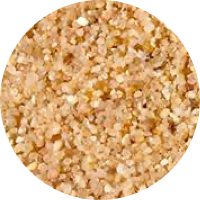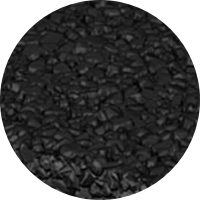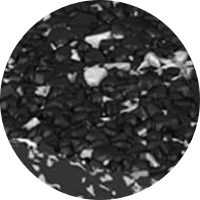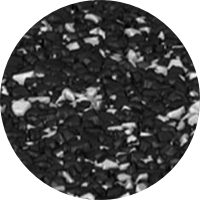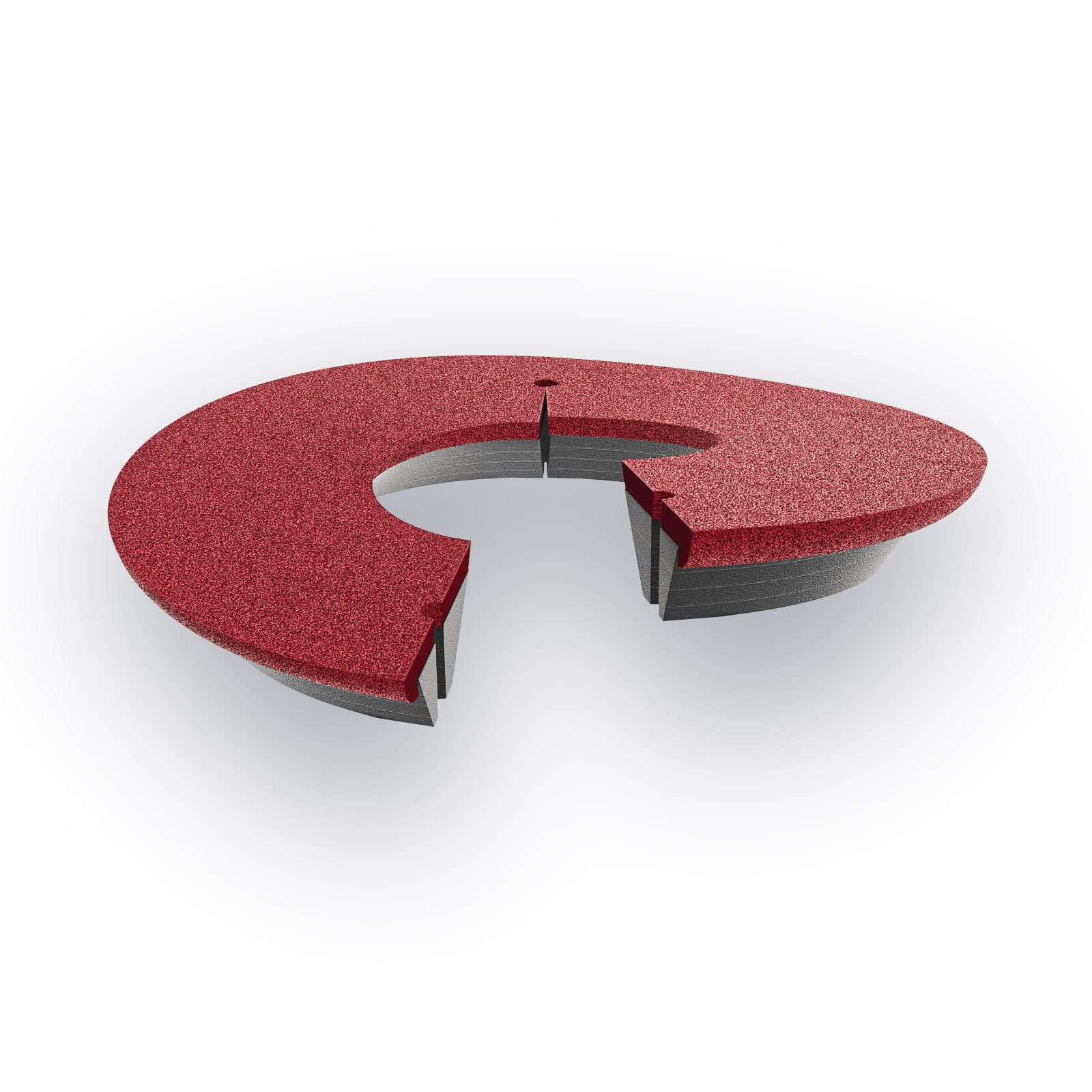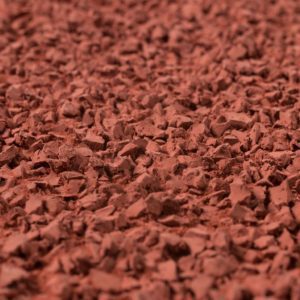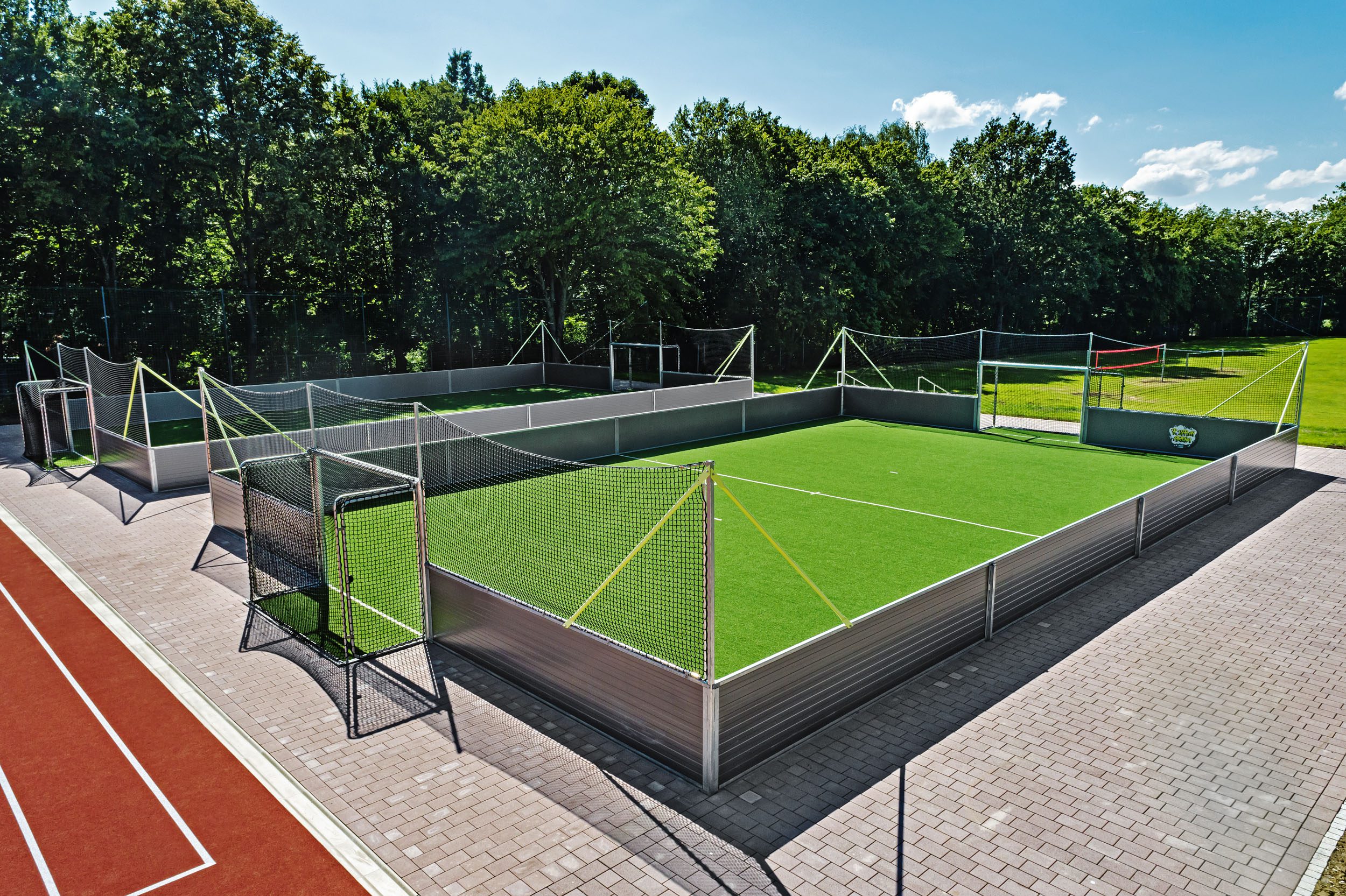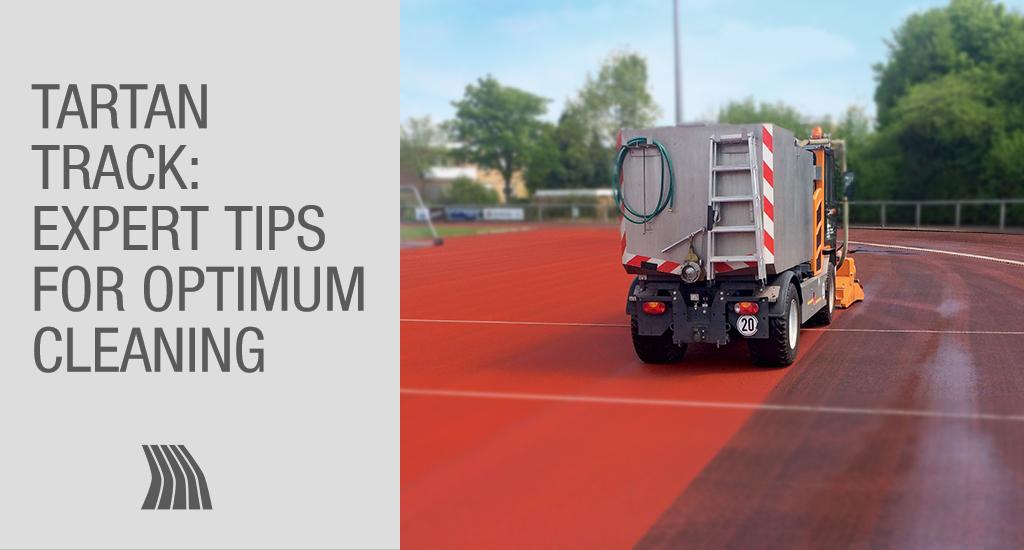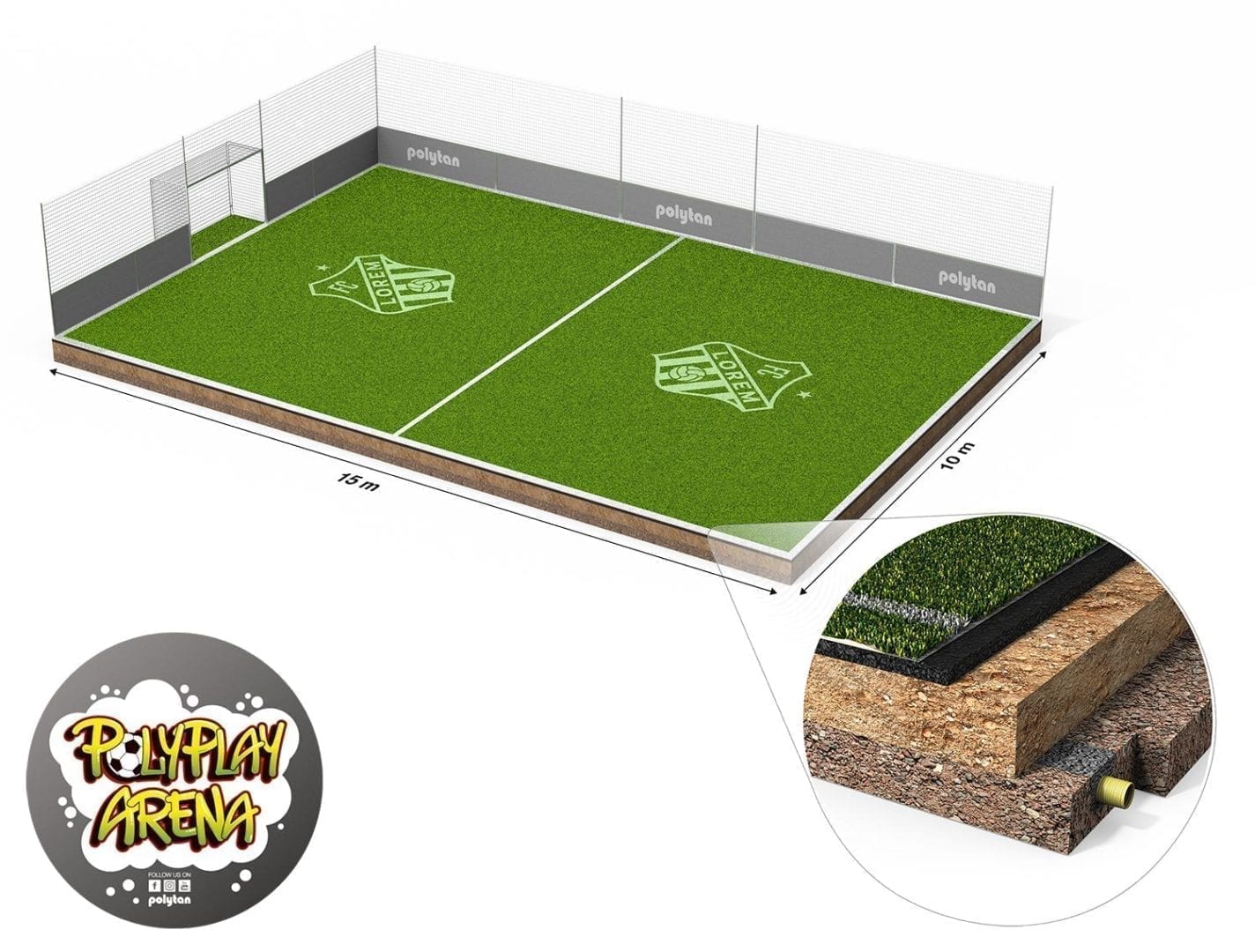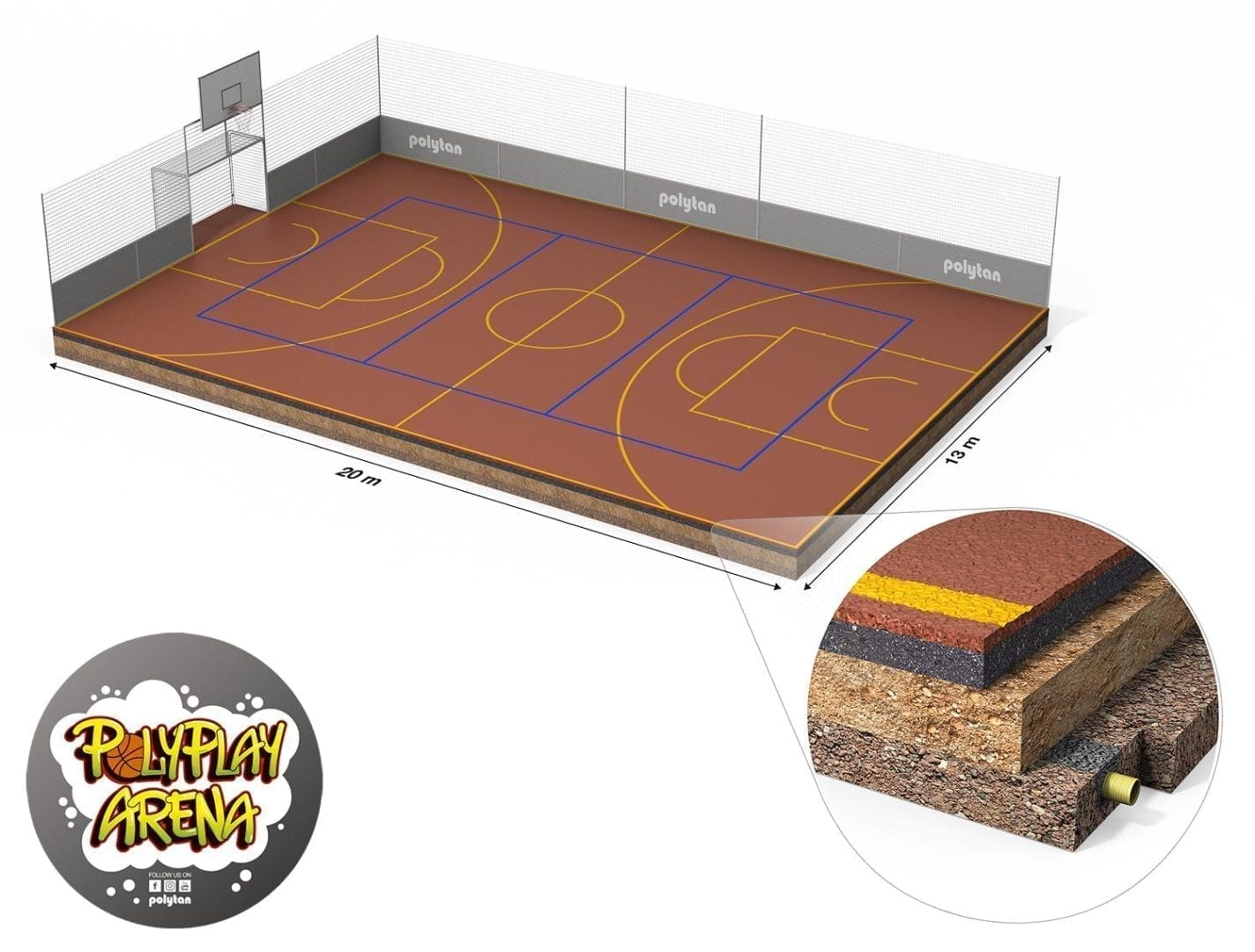Groundsmen responsible for cleaning Tartan tracks and other outdoor sports facilities know exactly how time-consuming and expensive it can be to keep them in perfect working condition over the years. Even so, the condition of these facilities effectively serves as the club’s calling card to the public. It can be a deciding factor in whether the club’s members and sponsors remain loyal to the club, recommend it to others, and register their children at the club.
WHY TARTAN TRACK MAINTENANCE IS ESSENTIAL
Generally speaking, the beating heart of any club or school sports facility is its Tartan track – it is critical for the majority of sports, not just athletics, and is used by athletes from other sporting disciplines for conditioning and other forms of training. When properly cared for, a synthetic running track has optimum cushioning and anti-slip properties, which minimises the risk of injury. Athletes should also be able to train on it barefoot at any time. In this regard, hygiene is critical. Last but not least, a well maintained, professionally cleaned Tartan track simply lasts longer; from a financial perspective, this puts less pressure on the club or municipal coffers.
HOW LONG DOES A MODERN, SEAMLESS TARTAN SURFACE LAST?
STEP 1: CHECK THE TARTAN TRACK REGULARLY
In addition to these daily or weekly routine checks, we at Polytan recommend performing a more intensive Tartan track assessment on a quarterly basis. If non-sporting events such as a club celebration or a concert are held on the synthetic surface, it is essential to protect the surface beforehand with a suitable and stable cover and, after the event is over, to conduct a thorough assessment of the track for damage, so as to ensure the sports facilities are not impaired in any way, and to avoid the risk of athletes tripping over and injuring themselves.

STEP 3: BASIC CLEANING OF THE SYNTHETIC TRACK
STEP 3: USING A CLEAINING MACHINE FOR INTENSIVE CLEANING OF THE TARTAN TRACK

STEP 4: REPAIR AND RE-TOPPING (RECOATING) OF TARTAN TRACKS
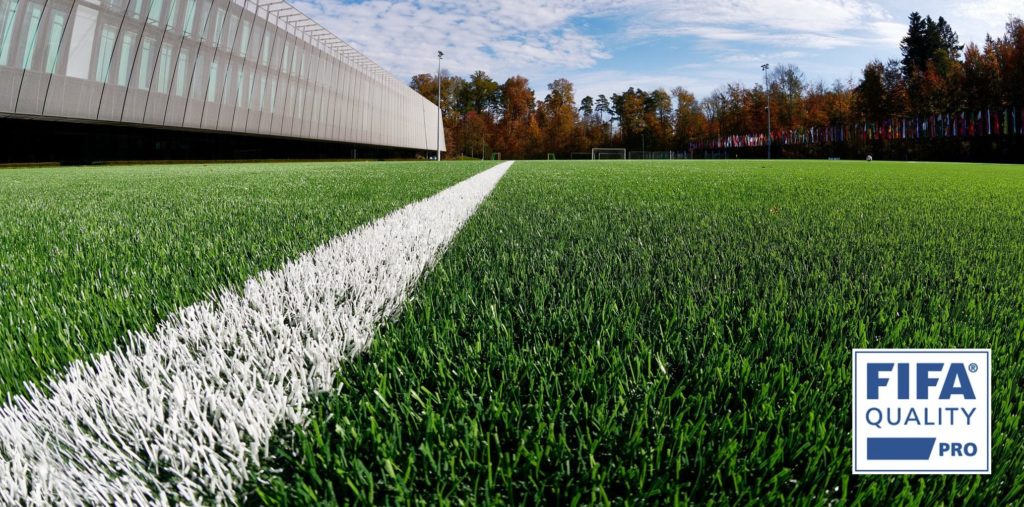
TARTAN TRACK CLEANING: CONCLUSION
- Making regular checks (preferably daily)
- Removing dirt and loose objects immediately
- Promptly repairing minor damage.
Intensive cleaning is required every one to three years depending on the type of Tartan surface. This cleaning should only be performed by specialist companies with cleaning machines specifically design for use on synthetic running tracks. RAL-tested services provided by manufacturers, e.g. in the form of service cover plans, offer maximum reliability. If the damage is too great or the Tartan track has reached the end of its service life, it is worth considering re-topping before opting to install an entirely new track. A new coating can save time and resources and make the club’s running track look as good as new – without having to pay for additional disposal costs or incur the financial burden of installing an entirely new track.
